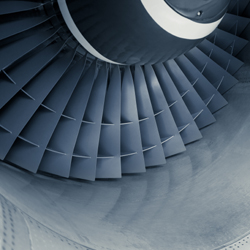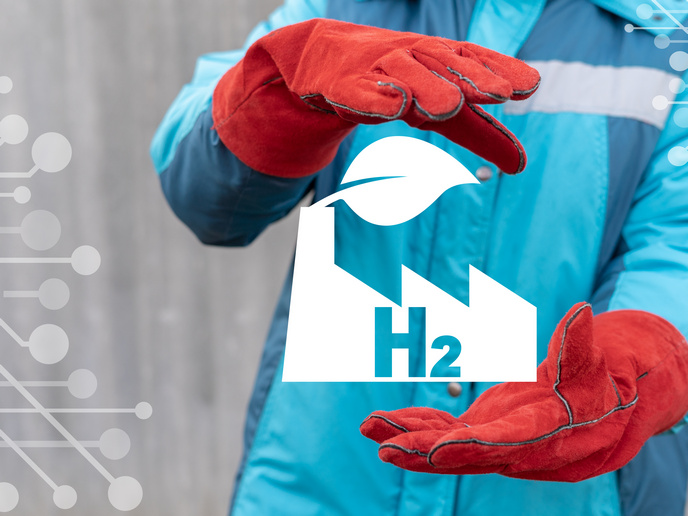Detecting elements detrimental to the performance of turbine blades
The ultimate aim of the ORDICO project was simple: improve the balance of oxidation and fatigue protection offered by diffusion coatings deposited on the surface of metal superalloy components. For this purpose, the composition of straight aluminium and platinum-aluminium diffusion coatings was modified, as well as the small additions of active elements used for retarding corrosion and oxidation. The performance of the produced coatings was investigated under well-defined thermal and mechanical loading conditions in the laboratory. Scientists at Technische Universität Braunschweig in Germany collaborated with the ORDICO project consortium in providing an in-depth understanding of the extent to which composition contributes to better coating qualities. The coatings' composition at particular depths was identified by analysing the profiles of layered materials obtained with the use of glow discharge optical emission spectrometry (GD-OES). The technique GD-OES is relatively inexpensive and is based on monitoring light emissions of characteristic wavelengths after sputtering the sample surface with ionised argon atoms. When compared to standard methods used for the detection of trace elements in surface coatings, GD-OES proved to be a powerful and reliable technique. However, precise calibration was essential to guarantee reliable results even at extremely low concentrations of sulphur and other trace elements that can be detrimental to the performance of diffusion coatings. Several European laboratories participated in the joint effort initiated for the establishment of common standards for the analysis of multi-component diffusion layers. The ORDICO project partners' hope for the future is to phase out current methods for material analysis in favour of the GD-OES technique. The possibilities for international standardisation activities are therefore being explored.







